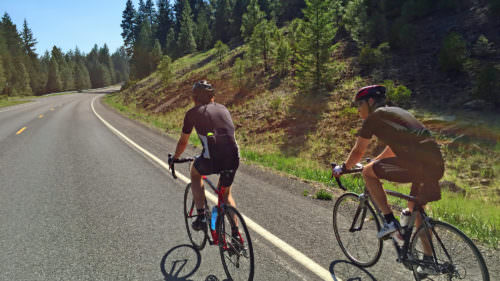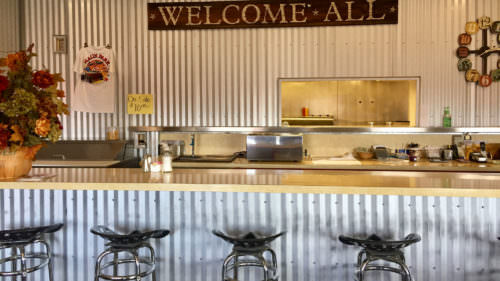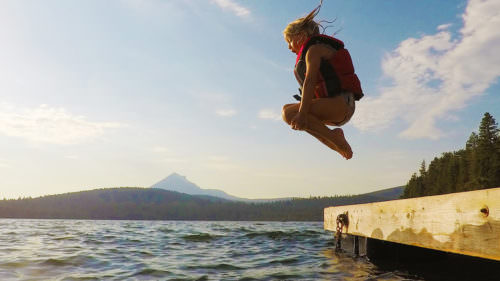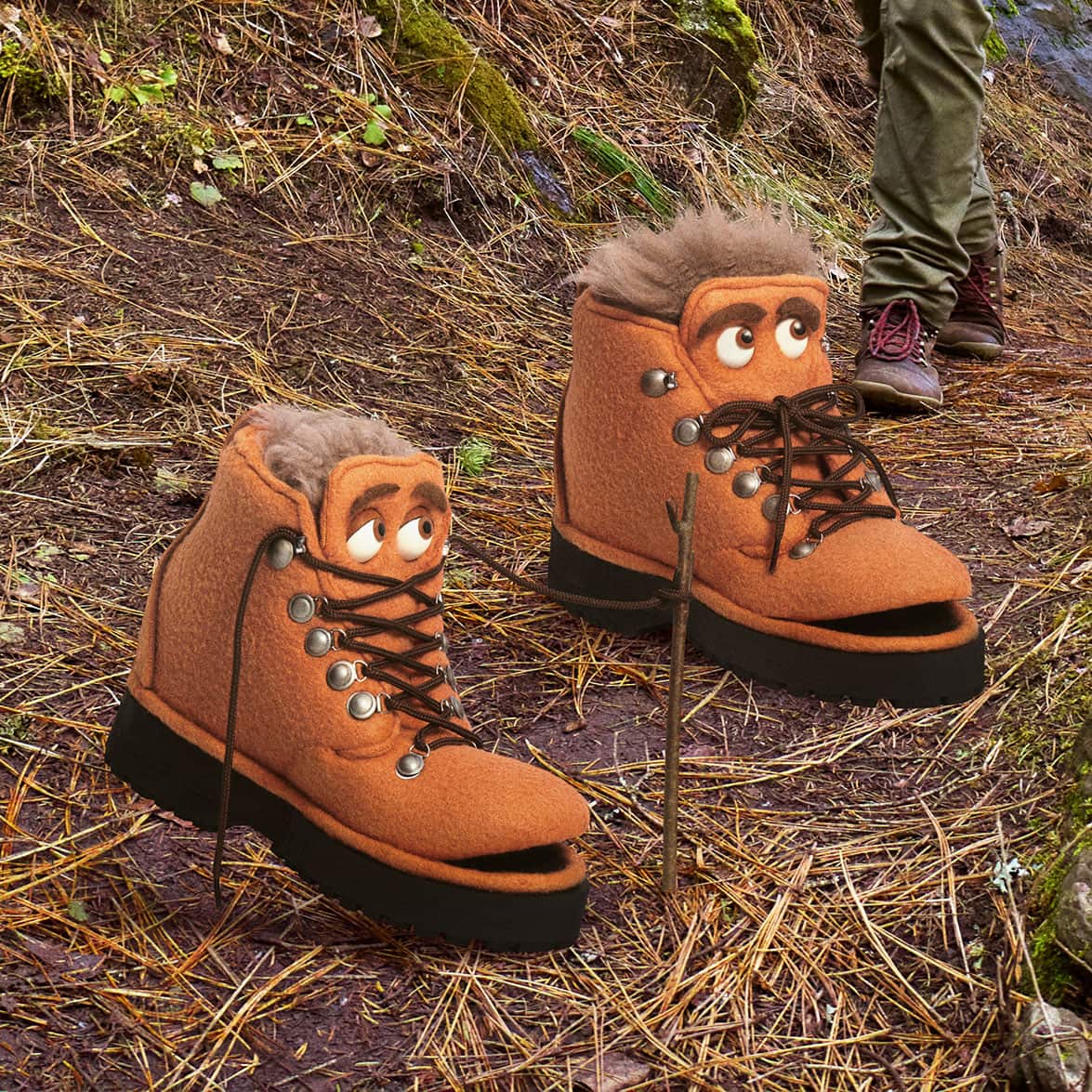Imagine the moment when people first saw Crater Lake, long before the impressive caldera was printed on postcards or welded onto American quarters. It must have been quite surreal then to lay eyes on the deep-blue waters cradled by volcanic rock. And yet that feeling still resonates today, centuries later. To understand the wonderment of Crater Lake, it takes an appreciation for the landscape’s long history.
The Klamath Basin is a land of legacy. From volcanic origins to tribal sagas and modern exploration, this subregion, anchored by the Klamath River, is a marvel to behold. Take a tour of the county for a cultural experience you won’t soon forget. Here’s an easy itinerary to get you started.
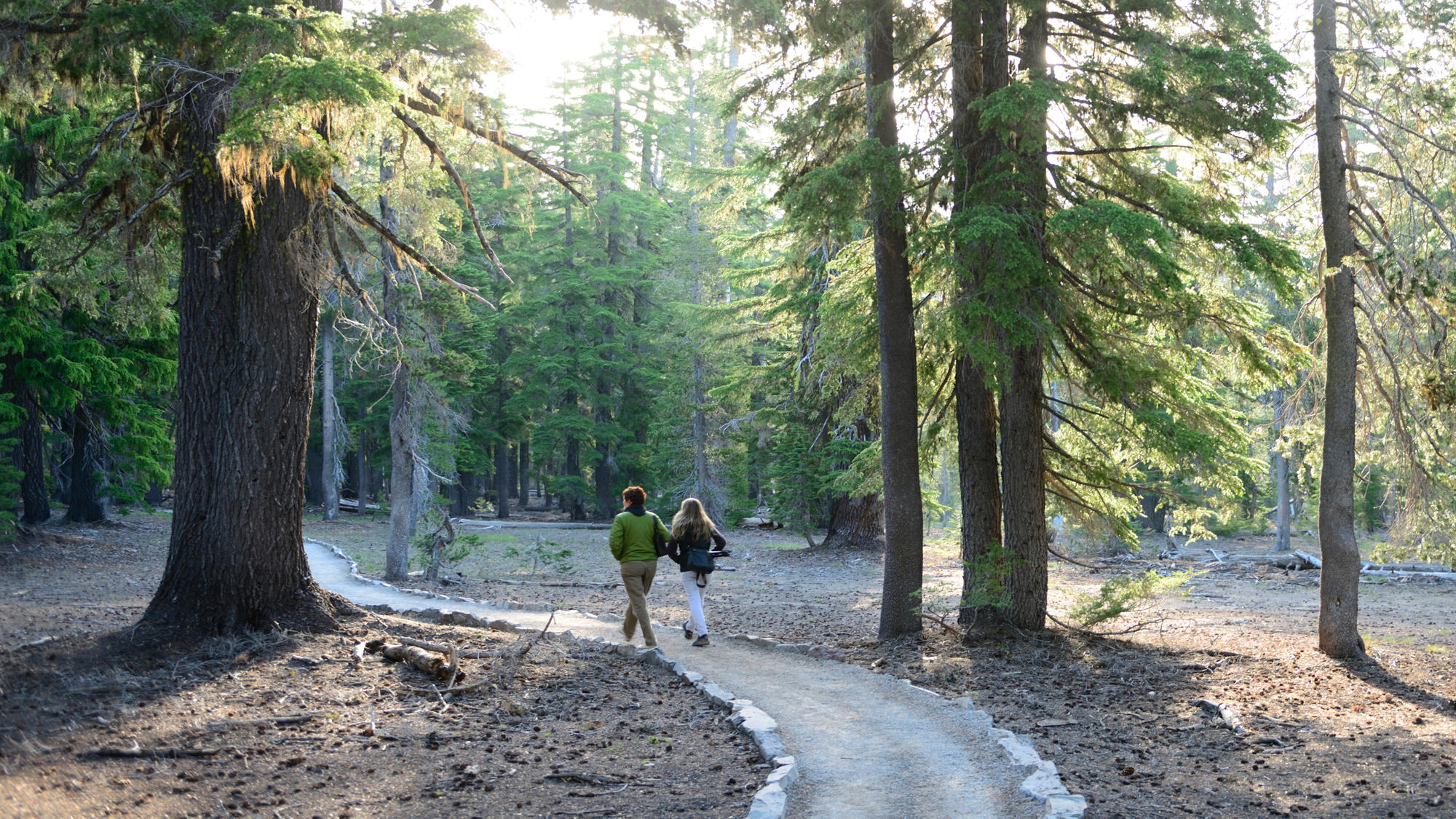
Day 1: Klamath Falls to Crater Lake
Begin your journey at the Favell Museum on Main Street in Klamath Falls. The museum is home to more than 100,000 artifacts from indigenous tribes of North and South America — some dating back 12,000 years — including Inca textiles, Anasazi pottery and tools from the Cougar Mountain Cave, likely belonging to those who witnessed the creation of Crater Lake. There is also a large collection of contemporary Western art, including original paintings by John Clymer, Frank McCarthy and Charles M. Russell, as well as a world-famous miniature firearms set.
Next take the Volcanic Legacy Scenic Byway north along Upper Klamath Lake, the largest freshwater lake by surface in Oregon. At Rocky Point Resort, grab a bite to eat while relaxing at the peaceful lakeshore. Continue to the Upper Klamath National Wildlife Refuge, known for native rainbow trout and the million birds who migrate here on the Pacific Flyway (attracting largest wintering concentration of bald eagles in the lower 48 states). Be sure to bring binoculars or a camera.
Continue along the byway to Fort Klamath Museum (open late May to early September), an 8-acre former military outpost, established in 1863, recognized by the National Register of Historic Places. The graves of four Modoc tribespeople are marked here, including Chief Kintpuash (also known as Captain Jack), executed in the Modoc War of 1872-73. Though the fort was disbanded in 1890, visitors today can tour the museum located in a replica guardhouse, open June through September.
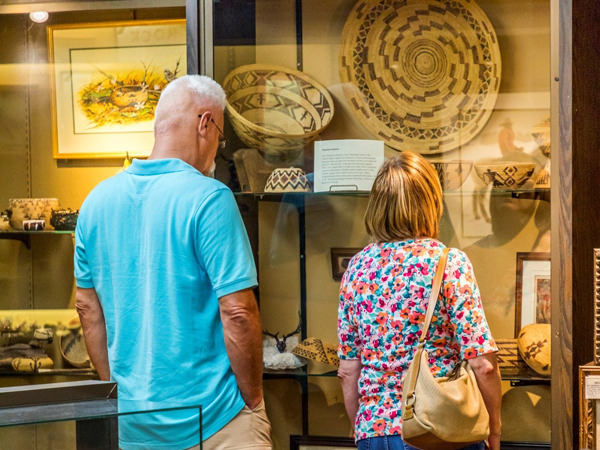
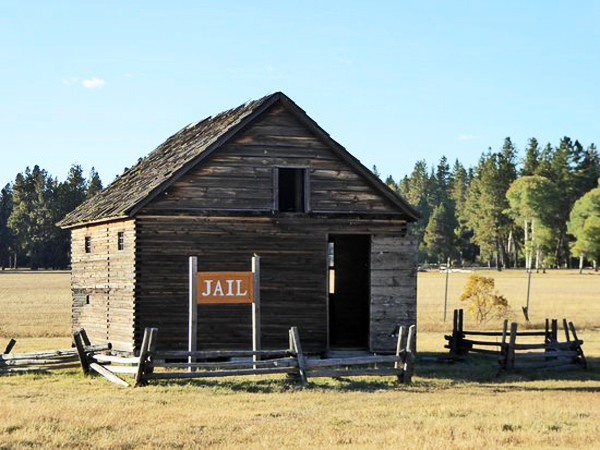
From here, travel to Crater Lake National Park, often considered the centerpiece of Klamath County. Crater Lake, the deepest lake in the United States and arguably the clearest, first formed when Mt. Mazama erupted some 8,000 years ago. Klamath tribes believe the cataclysmic eruption was caused by Gmo’Kam’c, the Creator. Today visitors can learn about the lake’s tribal and geological history at two visitor centers. Take note that only the Steele Visitor Center and a portion of Rim Drive are currently closed for renovation so check for the latest updates before visiting. The national park is also home to waterfalls and more than 90 miles of hiking trails, many of them easy to access like the packed-surface Plaikni Falls Trail.
Sleep under the stars with your very own teepee at Heartline Ranch, located down the road from Crater Lake National Park. The glamping experience comes complete with mattresses, bedding and even an indoor fire pit.
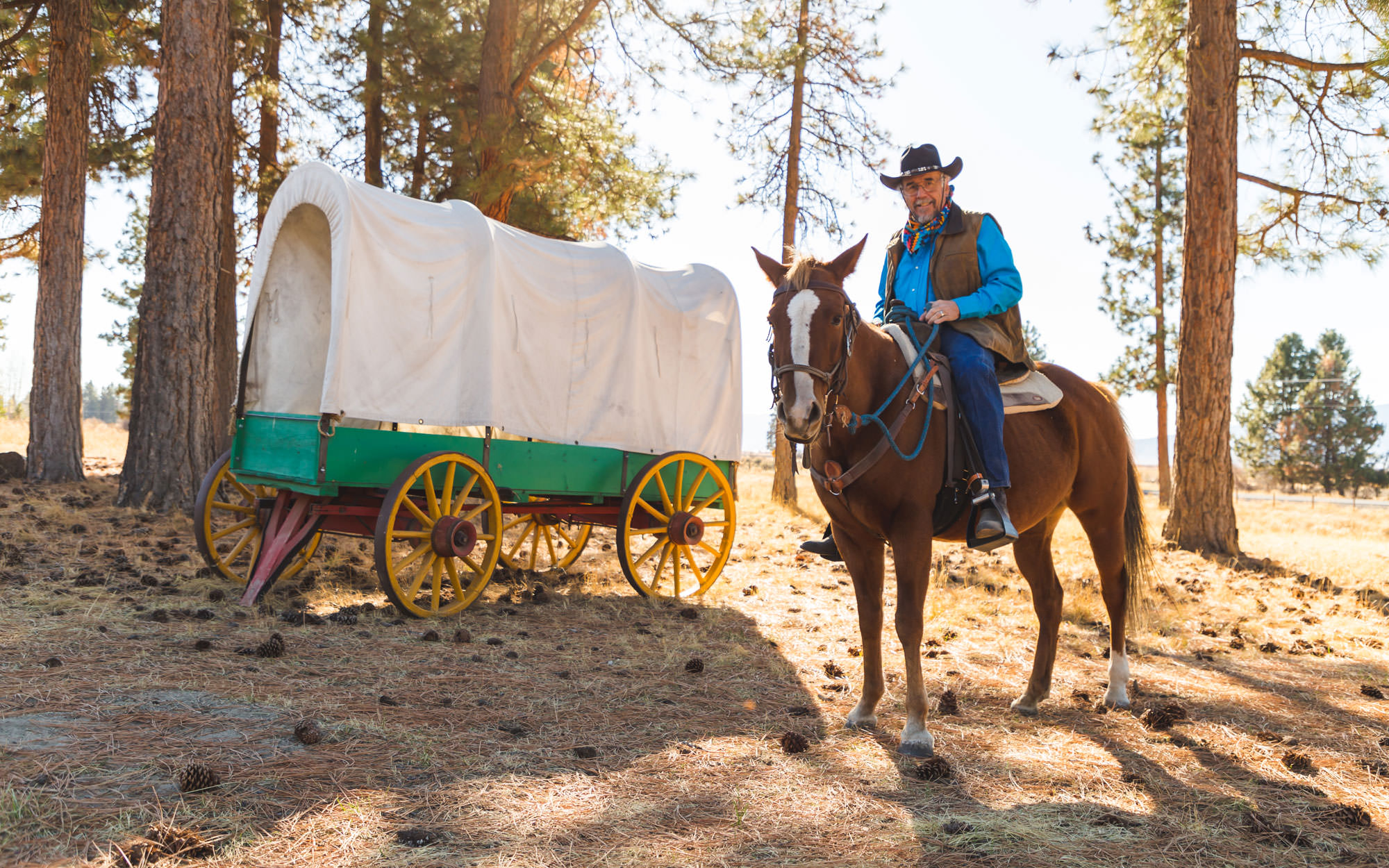
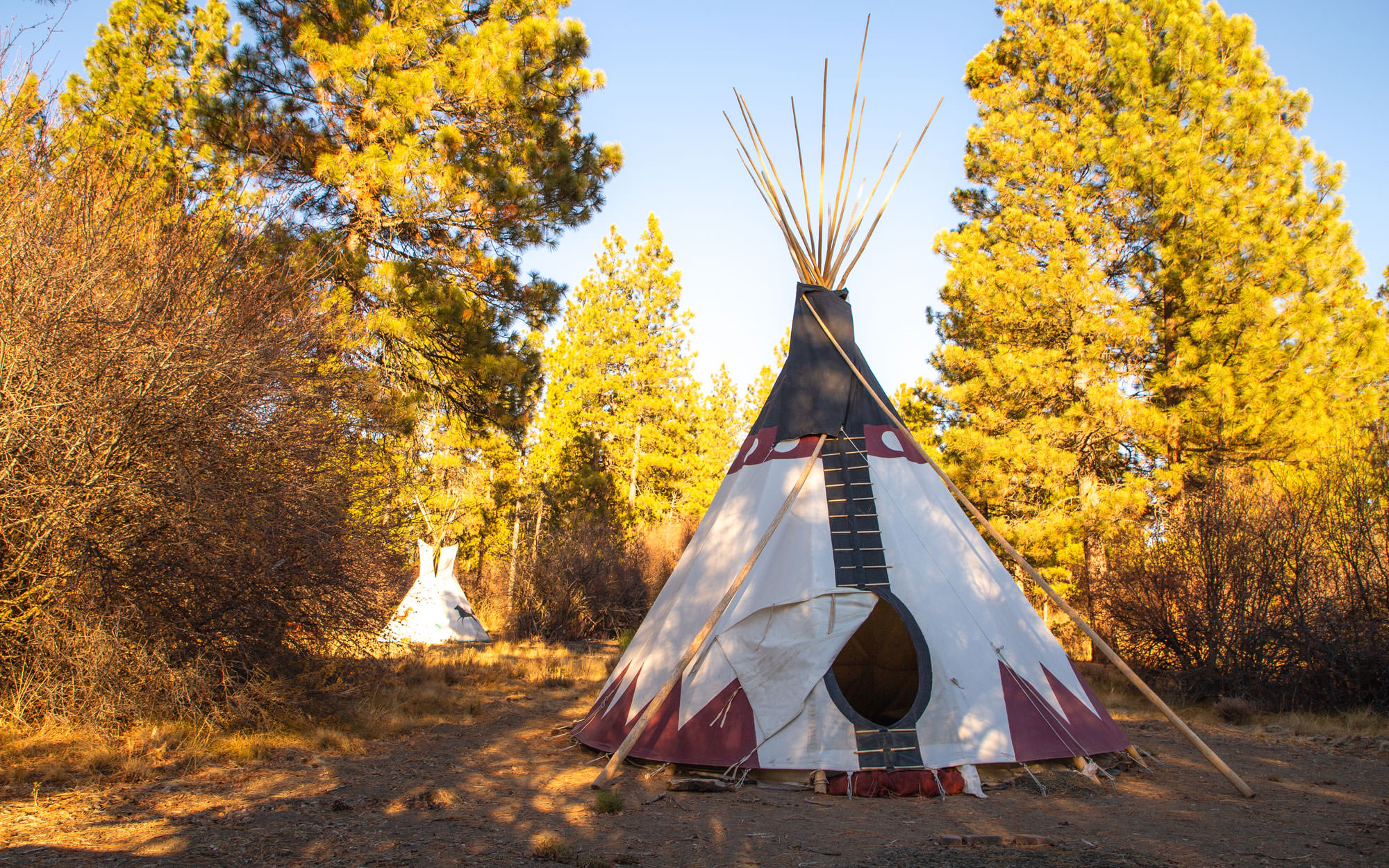
Day 2: Crater Lake to Chiloquin
Klamath County is known for having 300 days of sunshine a year, so there’s a good chance that your morning with be greeted with good weather. Either way, there’s a happy mood here that’s pretty contagious. Grab a bite to eat at one of the popular spots in Chiloquin. The Pot Belly Cafe serves old-fashioned classics, like hotcakes, cinnamon rolls and omelettes; though the very-hungry should order the Gravel Pit special. For an early lunch, head to The TP, where the Famous Hippo will top your burger bucket list.
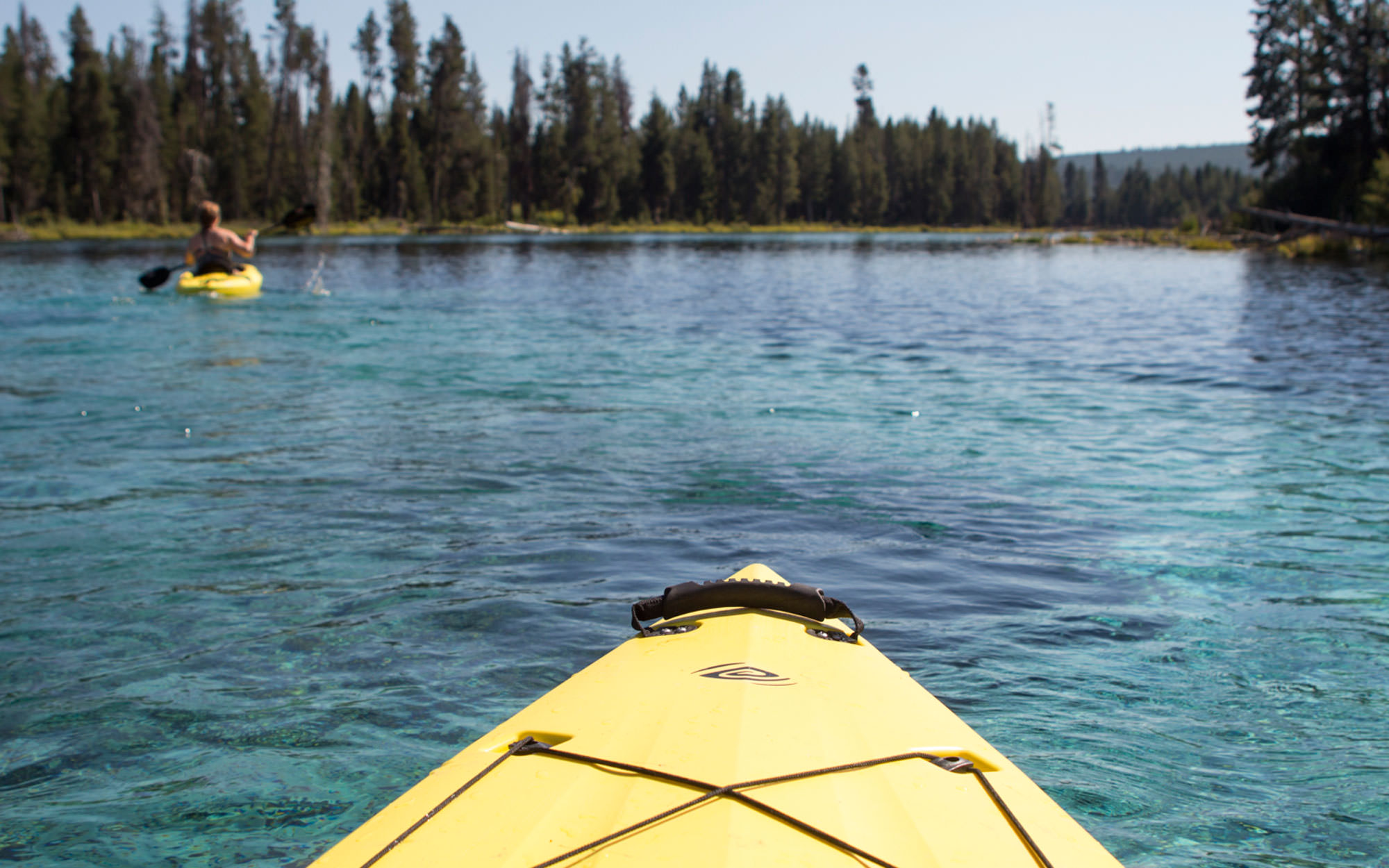
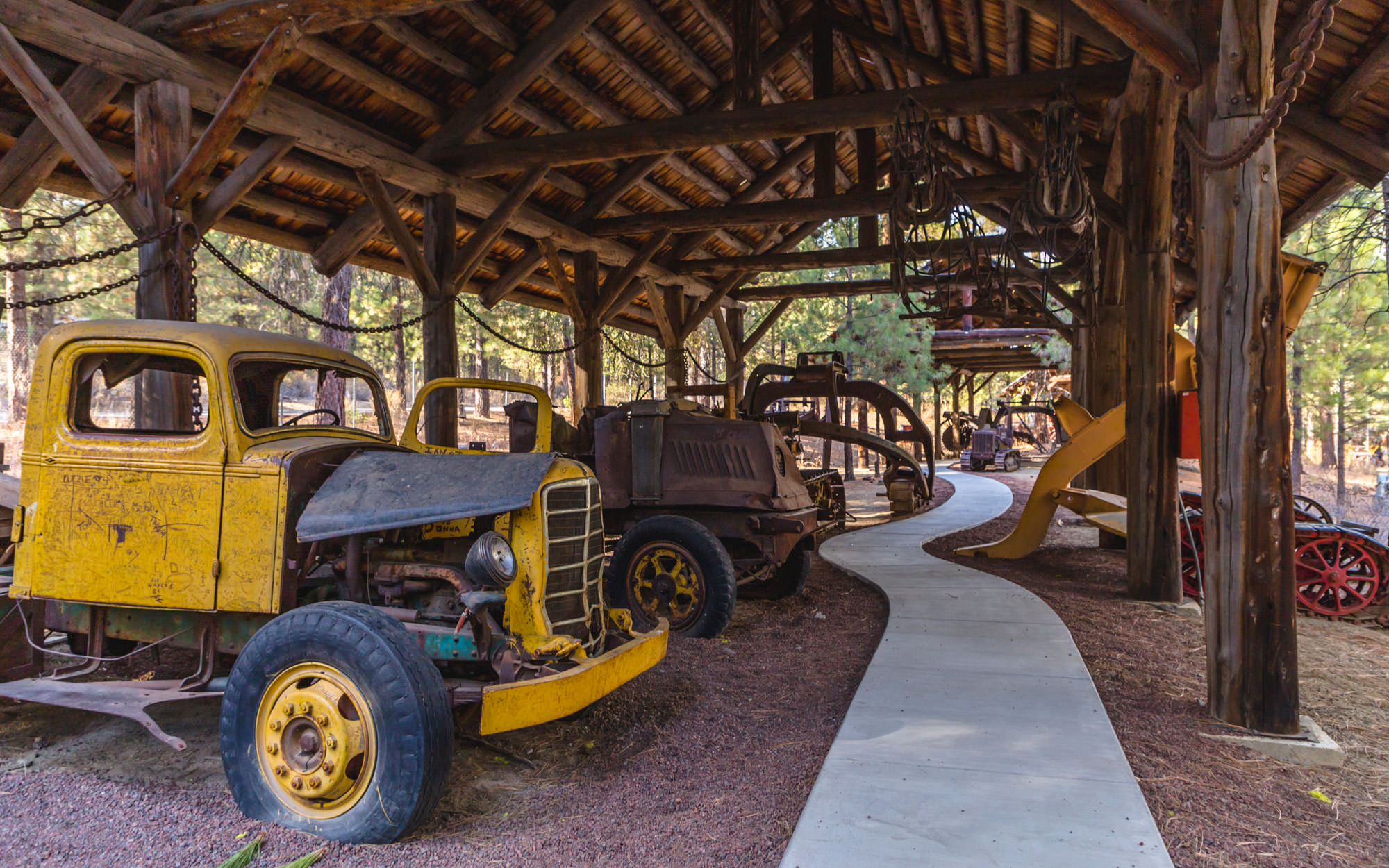
Fully fueled, continue your journey to the famed logging museum at Collier Memorial State Park. Here you’ll see rare antique logging equipment, some dating back to the 1880s, and learn about the important role of railroads in Oregon’s logging history. The park is also home to a photo-worthy pioneer village. Bring a kayak (or join a tour) for access to the calm blue waters of Spring Creek, one of the only places in the world where you will find Mare’s Eggs, the extremely rare bulbous algae colonies that take many years to form (feel free to look but please don’t touch). When visiting this area, please be respectful to tribes by leaving the area cleaner than you found it and never removing artifacts from the site. Look for interpretive signs on-site about the tribal significance of the area.
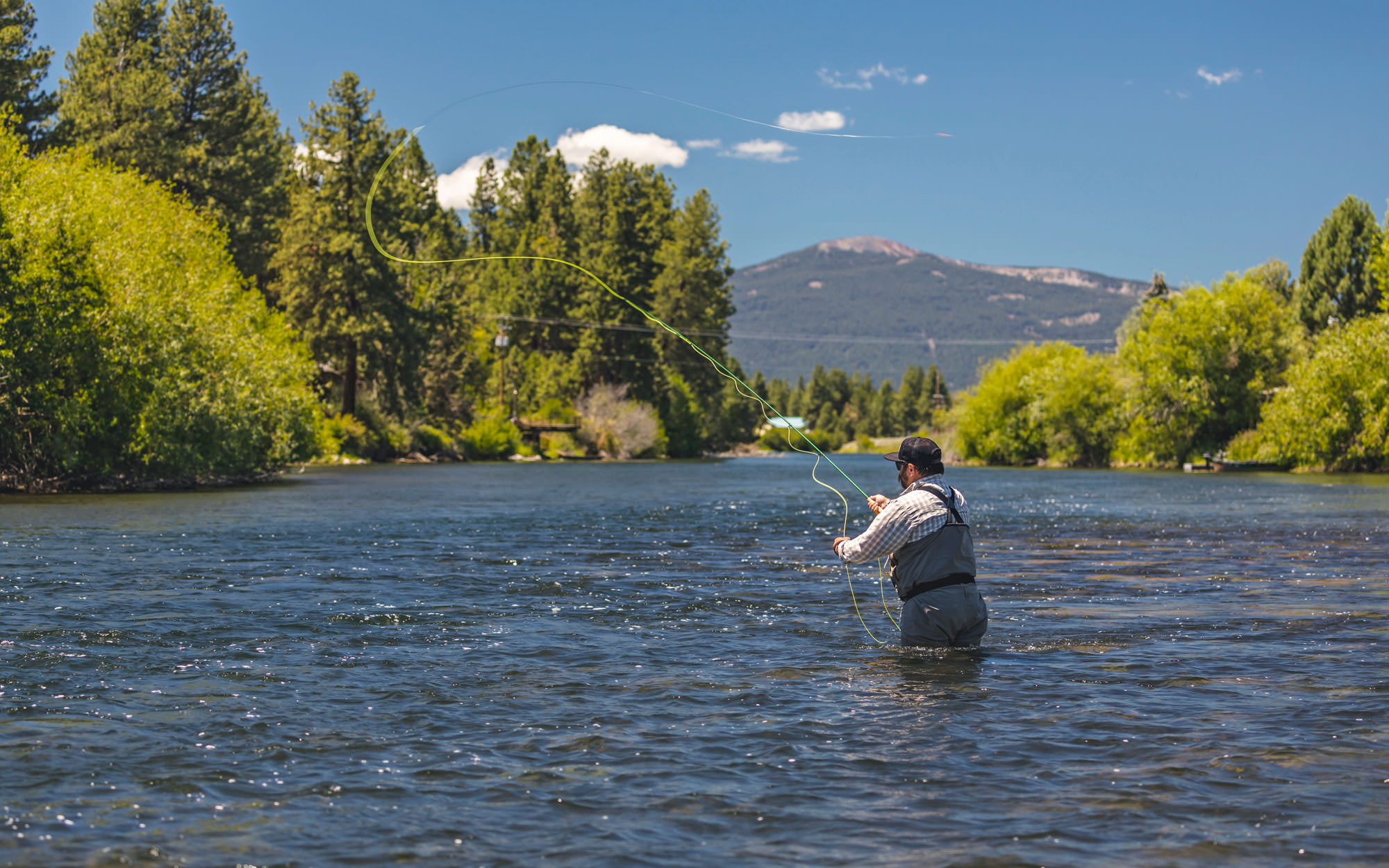
Alternatively, your afternoon can be spent along the Wood River, surrounded by aspen trees and ospreys, with boardwalk trails accessible for a serene stroll. The Wood River flows 18 miles, from a natural spring in Jackson F. Kimball State Recreation Site to Agency Lake, providing habitat for fish, waterfowl, migrating birds, beavers, otters and many more species.
The Williamson River is another gem of Klamath County, along with Sprague River, a tributary. Historically a major food source for American settlers, the Williamson River is still a popular fishing spot today. The Lower Williamson River is known nationally for its giant redband rainbow trout in the summertime, when fly-fishing opportunities abound. (Fishing with a professional guide is advised.)
For something completely out of the ordinary, visit Chiloquin’s Train Mountain Railroad Museum, where you’ll find the world’s largest miniature railroad, recognized by the Guinness Book of World Records. The donation-based museum also boasts a colossal caboose collection, 37 and counting, featured on a self-guided walking tour. Hop aboard the miniature railroad for a once-in-a-lifetime experience.
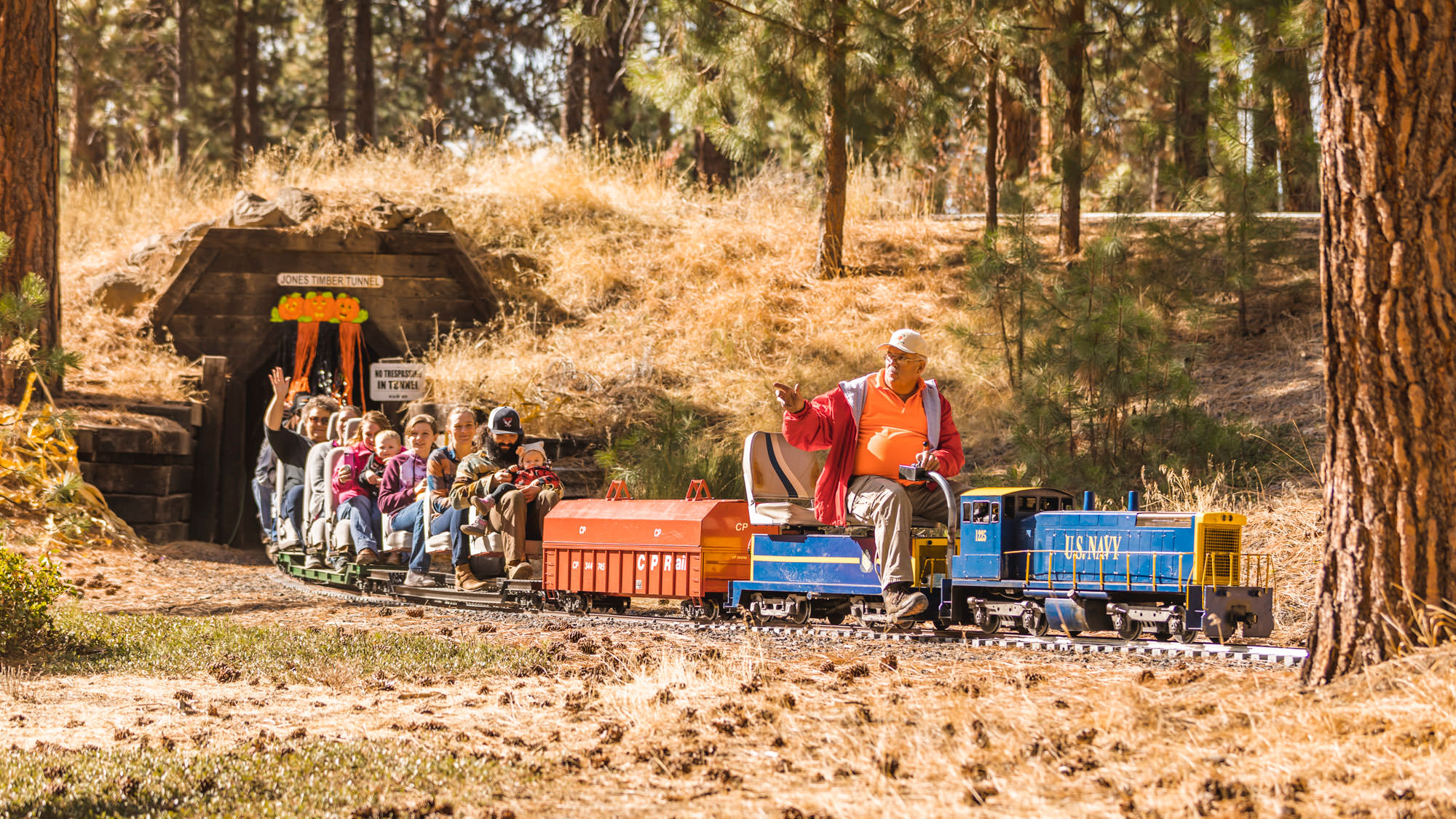
No one will judge if you return to Crater Lake to cap off your trip. A boat cruise to Wizard Island is the ultimate cinder cone experience. Look for Phantom Ship and the “Old Man of the Lake” along the way. And if you still can’t get enough of the brilliant blue waters, consider staying overnight at the century-old Crater Lake Lodge or nearby Mazama Village. Inside the lodge are historic photos and artifacts, plus farm-fresh dining options worthy of a feast. When you awake in the morning with fresh eyes, you just might be surprised by the wonder of Crater Lake, and the Klamath Basin, all over again.
